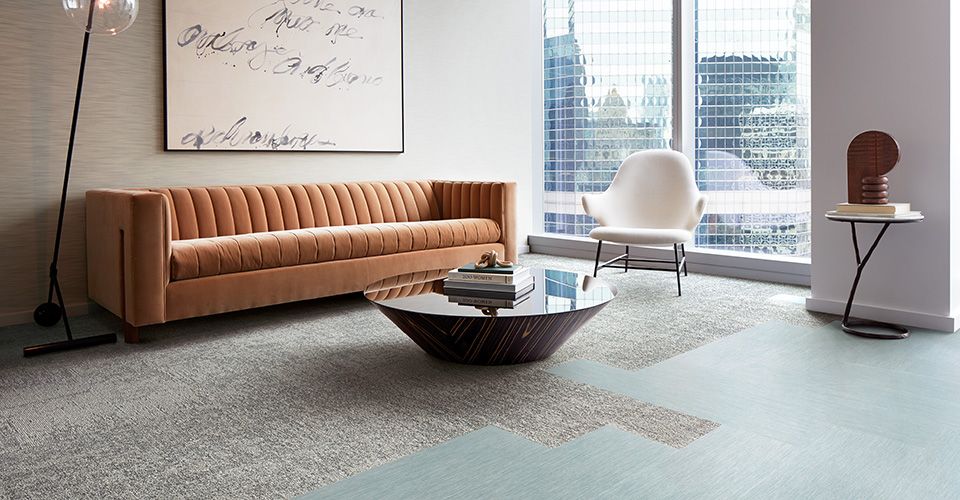Editor’s Note: This piece originally appeared on Interior Design Magazine’s Innovation Channel as part of a content partnership. It has been edited for clarity.
As the pandemic continues to place new demands on the built environment, designers are tasked with creating spaces that protect the physical, as well as mental and emotional, health and wellbeing of those within them. But adaptability also is key. When considering return-to-workplace plans, designers must do more than keep people safe – they must also foster new and evolving human behaviours. The question that remains top of mind is: How, exactly?
“We’ve had a real reduction in our spatial experiences over the last few months,” says Oliver Heath, founder of Oliver Heath Designs. “As a result, we’re not as alert or as effective during the daytime.” For designers, the behaviour shifts brought on by the pandemic also make clear that the time is ripe to enact change more broadly when it comes to prioritising the needs of individuals, and of the planet. “We’re going to have to become much more creative with our architecture – imagining that the architecture isn’t just something that keeps the elements out, but something that contains us in a new way that allows us to have basic human interactions,” said Joe Connell, principal at Perkins and Will.
One strategy involves more malleable and intuitive environments, employing what Mindy O’Gara, director of product and learning experience at Interface, calls “designing for resiliency,” rather than focusing on quick fixes. Resilient environments are those that manage to anticipate ever-changing human needs. “One way we think about being resilient is to design for multiple futures, to envision that many more behaviours are happening in these settings that we are creating… designing for different uses over different days and different time periods,” added Connell. “That ultimately is a sustainability strategy.” As is biophilic design, since exposure to nature has been proven to reduce levels of the stress hormone cortisol and elevate mood. “We’ve really got to consider how we connect to nature – and how we restore ourselves,” said Heath. “We need to find ways of integrating elements or moments of nature into our cities and into our buildings, so we have a constant drip-feed of wellbeing.”

Interface’s Embodied Beauty Collection offers three carbon-negative styles. Pictured above is Tokyo Texture™ [-CO2] and Brushed Lines™ LVT.
Designers can create such pathways and restore safe human connections with products like Interface’s Embodied Beauty™ Collection, which includes three carbon-negative styles.
As the leading producer of sustainable flooring, Interface works to constantly innovate its products and manufacturing processes to ensure flooring positively impacts human health and the health of the environment. The carbon-negative styles in Embodied Beauty, for example, store more carbon than any before due to a combination of Interface’s new CQuest™ BioX backing, specialty yarns, and innovative tufting processes. Timeless collections that benefit the planet and the built environment enable designers to help people maintain personal space while safely engaging with colleagues and friends.